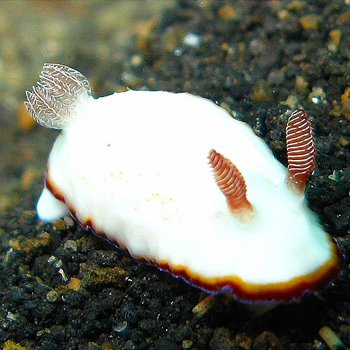Question #1ce1a
1 Answer
Yes
Explanation:
I'm assuming you mean 1-(1-methylethoxy)propane.
Let's look at the structures of each. For isopropyl propyl ether, the structure is:
For 1-(1-methylethoxy)propane, the structure is:
Everything from oxygen to the right is the same in both structures, it is everything before the oxygen on the right that is in question.
When you have isopropyl as a substituent, you are using the common name. The IUPAC name for isopropyl is 1-methylethyl. Since these are the same, both molecules are the same.
Further evidence points to both structures being ethers. When you have ether substituents, you call the substituents "alkoxy" (e.g. methoxy, ethoxy, etc). The IUPAC name would be saying methoxy, ethoxy, etc. Since you have "ether" named in the first compound and "oxy" in the second compound, you know you are dealing with ethers for both. As you draw out the structure, you see that the "isopropoxy" (which I do not think is proper terminology) and 1-methylethoxy are equivalent.

